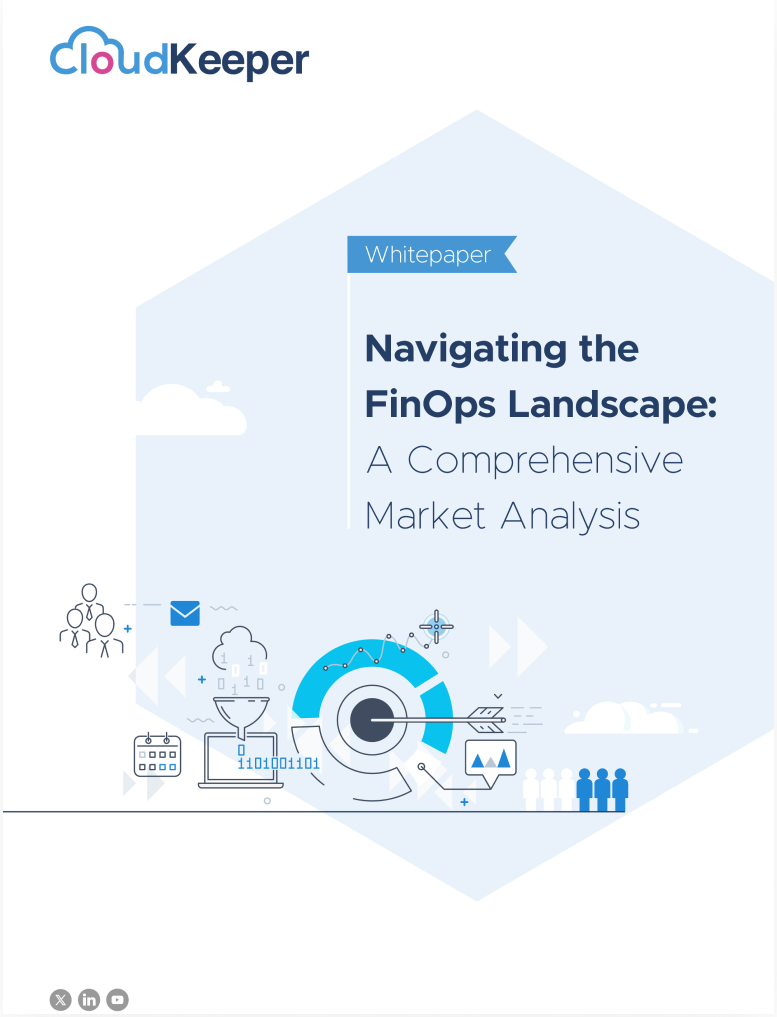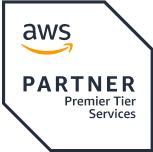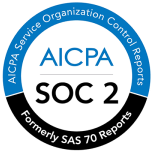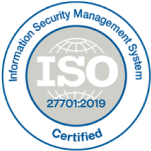When cloud computing revolutionized how organizations manage their data and operate daily, much effort was put into technologies and practices that further optimize its usage. Like DevOps, which helped in breaking down silos and enhancing agility in engineering, FinOps, a blend of “Finance” and “DevOps”, evolved to be a cultural transformation bringing together finance, engineering, and business professionals. FinOps solutions focused on enhancing the ROI of cloud investments with effective cloud cost optimization services.
When distributed teams work together, it is important to ensure that they speak the same language and are on the same page. But when engineers focus only on performance enhancements and finance teams on cost savings, the discussions become tedious to manage and decisions get caught up in an unending loop. This is a challenge that can’t be tackled with the help of even the best cloud cost management tools.
Hence, it becomes vital for organizations to understand the basic concepts of FinOps to foster a mutual understanding between the teams, create a common vocabulary and consistency in cloud cost tracking and reporting terms. This makes sure that smooth product deliveries go hand in hand with cost predictability and financial control.
This blog talks about the foundation principles of FinOps and the three iterative cycles of FinOps - Inform, Optimize, and Operate. Your organization could be in multiple phases of this lifecycle, so this blog will help you understand where your business units stand in their FinOps journey.
The Basic Principles of FinOps
FinOps is a cultural practice that helps bring financial responsibility to the cloud-based spending model. FinOps is a culture shift where cloud cost tracking is moved to the forefront of everyone's thinking. The foundational principles based on which the concept of FinOps is being practiced are as follows:
- Collaboration - Continuous improvement and innovation are needed to optimize the per-resources-per-second-cost and require seamless cooperation of the finance and cloud infrastructure teams. FinOps solutions, by discipline, demand capabilities from these teams to collaborate in order to balance the cloud costs and their derived value. (Read more on how to introduce a FinOps Culture in your organization)
- Value-Driven Decision Making - The broader FinOps concept of enterprise value per business unit influences real-time decisions in managing cloud usage. While immediate cloud cost optimization services offer gains that are attractive, FinOps focuses on maintaining efficiency and flexibility to improve the long-term value of cloud deployments.
- Ownership - FinOps aims at cloud cost excellence in an organization. Each stakeholder in the cloud infrastructure of a company should own the responsibility of being held accountable for cloud usage and the associated costs.
- Centralized FinOps Management - A cultural shift requires a leading authority for advocacy and goals in order to be successful. A FinOps team should develop principles and practices to enhance cost excellence for an effective operating model that can be adhered to by the organization.
- Timely Availability of Insights - In a world of automated deployments and per-second compute resources, monthly or quarterly reports aren't enough. Teams need real-time cloud cost tracking to make the best decisions. The dynamic nature of the cloud demands real-time decision-making to make the best of cloud FinOps.
- Advantages of the Variable Cost Model - Cloud-based capacity planning makes it much easier to determine how much capacity to buy and how many resources to use. Instead of assumptions on future requirements, cloud cost management tools recommend making purchase decisions based on actual usage data and scientific projections.
The FinOps Lifecycle

The FinOps Foundation defines the concept of FinOps as an iterative crawl, walk, run process, which involves continuously circling through phases to refine itself and drive forward. As mentioned above, FinOps includes three distinct phases - inform, optimize, and operate. These phases are not linear and organizations should plan to iterate over them continuously.
Inform -This phase involves informing the stakeholders what they are spending on and why. This involves a granular view of cloud spending, allocation, chargebacks, and tagging, analytic insights into spend patterns, and audit frequency, along with recommendations for right-sizing and proper costing. The focus throughout this phase is cloud cost tracking to identify current resource allocation, the performance of the budget, and its future implications.
This phase helps in mitigating the challenges of the complex and overwhelming number of choices of Cloud SKUs. By following practices such as benchmarking, businesses could ensure that they are driving ROI while staying within the budget.
Optimize - Once the cloud stakeholders have been empowered with usage insights, they need to focus on further optimizing their cloud footprint. FinOps teams collaborate and identify cost-cutting options and take the appropriate action. The idea is to spend resources more wisely and prevent wasting them.
Cloud Service Providers offer a variety of cloud cost optimization services to assist teams in optimizing their operations. In this phase, organizations work on right-sizing their current compute storage and network resources. Purchases of committed use plans (like Reserved Instances (RI) and Savings Plans) will help them with discounts while maintaining high utilization.
Companies must leverage the proprietary cloud resources & volume offered by vendors for discounts and savings. They can also engage third-party vendors for leveraging AI-based FinOps solutions, which can help automate rightsizing, purchase, and sale of reservations and turn off wasteful resources.
Operate - The third and final phase of the FinOps lifecycle is focused on designing procedures and processes that help achieve the goals set by technology, finance, and business. By continuously evaluating these goals and the metrics, companies can come up with ways to improve their overall performance. They should measure business alignment to these objectives based on speed, quality, and cost.
Companies should also identify the latest developments in the discipline of FinOps while taking proactive steps to ensure a competent talent pool in the future. They should also leverage expert assistance and architectural reviews, whenever possible, to ensure more innovative resource provisioning, lesser wastage, maximum cloud coverage, and enhanced performance with the help of the best cloud cost management tools.
It is also advisable to build a Cloud Center of Excellence, comprising experts from multiple business functions with cloud experience, who can define the appropriate FinOps governance policies and models.
Working with the right FinOps Partner
As mentioned earlier, the individual business units of an organization could be in distinct phases of the lifecycle. Getting through each of these phases requires the application of different technologies and skill sets. Since it might be hard for a single organization to possess all the necessary tools and talented professionals, it is always advisable to get the help of a domain expert. This is where a Cloud FinOps Partner comes into play.
Experienced cloud cost optimization service providers possess the necessary technical expertise and deep domain knowledge to help these organizations in championing their FinOps journey. CloudKeeper, for instance, has 12+ years of AWS expertise, 300+ AWS-certified cloud professionals, and a track record of $100 Mn+ of savings delivered.
With a comprehensive set of FinOps solutions, CloudKeeper has enabled businesses of all shapes and sizes to achieve maximum ROI with their cloud infrastructure, by ensuring alignment with the basic FinOps principles and successfully navigating the FinOps Lifecycle.
Inform Phase - CloudKeeper offers in-depth, resource-level cloud usage insights with CloudKeeper Lens, a proprietary AWS Cost Analytics Platform. The tool offers real-time cloud cost tracking insights, a comprehensive dashboard, and insights into utilizing multiple AWS services.
Optimize Phase - Organizations can scale their cloud usage according to their business needs without any budget overruns, using CloudKeeper Auto, an AI-based Automated RI Management Platform. The solution helps businesses spin up On-Demand AWS EC2 instances at the discounted pricing of 3-year RI Reservations and also buys/sells reservations automatically, with simple IAM access to the AWS account.
Operate Phase - Businesses can have their end-to-end FinOps processes sorted out with CloudKeeper AZ, a comprehensive FinOps solution. It offers periodic Well-Architected Reviews and recommendations from AWS-certified cloud engineers, helping organizations to build better, rather than buy better. More than being a cloud cost management tool, this also helps in establishing a stronger foundation for FinOps practices and culture. The solution also offers guaranteed savings of 5-15%, complimentary access to CloudKeeper Lens, support for multiple AWS services, and more.
Understanding the basic principles of FinOps and the lifecycle will help organizations understand where they stand in terms of their cloud cost optimization initiatives. This will help them in ensuring enhanced performance and productivity, along with better cost management and zero budget overruns, and take the necessary steps to foster a thriving FinOps culture.
Partnering with an expert FinOps service provider is the best decision a cloud consumer could make. That’s Cloud FinOps 101. Check out CloudKeeper today!








